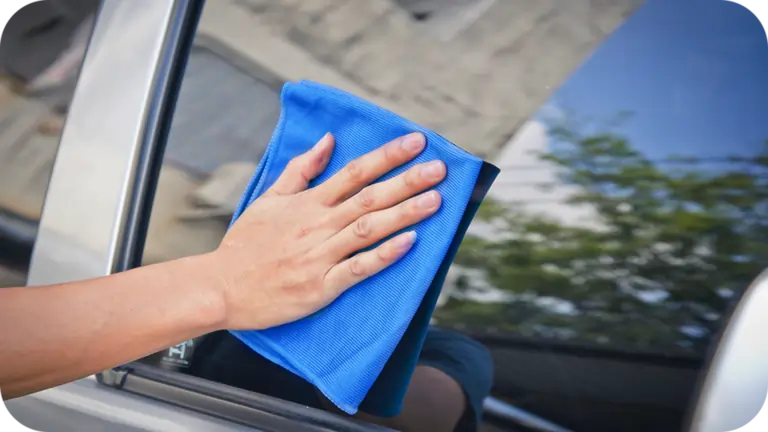How to Reduce Moisture Inside a Car?
Whether you're navigating through the rainy season or dealing with high humidity levels, the unwelcome presence of excess moisture inside your car can result in unpleasant odors, foggy windows, and potential damage to the interior. Fortunately, there are practical methods to address this issue and keep your car dry and comfortable. Let's delve into effective ways to reduce moisture inside your car, along with step-by-step instructions on implementing them. But before we dive in, let's first understand what causes moisture buildup in a car.
Identifying the Root Causes of Moisture in Your Car
Moisture inside your car can wreak havoc on your upholstery, but understanding the underlying causes is crucial before tackling the issue. Common culprits include weather conditions, condensation, leaks, and the introduction of wet items into the vehicle. Recognizing these factors is the first step toward resolving the problem at its source.
Weather Conditions: External factors like rain, snow, and elevated humidity levels can infiltrate your car's interior with moisture. While controlling the weather is impossible, proactive measures can minimize the impact of these conditions on your car.
Condensation: Fluctuations in temperature between the inside and outside of your car can lead to condensation on windows and surfaces. Effectively managing condensation requires a strategic approach to maintain a dry interior
Leaks: Water can seep into your car through leaky windows, windshields, sunroofs, or damaged door seals. Regularly inspect your vehicle for potential leaks to address issues promptly and prevent moisture accumulation.
Wet Footwear and Clothing: Introducing moisture into your car is unavoidable when entering with wet shoes or clothing. Mindfully choose what you bring into your vehicle and promptly remove damp items to reduce the risk of excess humidity buildup.
Reducing Moisture Inside Your Car: Methods and Tips
Now, let's explore the steps to reduce moisture inside your car effectively.
Ventilation and Air Circulation: Proper ventilation is key to minimizing moisture accumulation. Stagnant air can create an environment conducive to mold and mildew growth. Enhance ventilation by using the car's ventilation system, cracking open windows when parked, and utilizing the sunroof for increased air circulation.
Desiccants and Moisture Absorbers: Desiccants such as silica gel and activated charcoal can effectively absorb moisture from the air. Place them strategically inside your car, replacing them when saturated, or consider using commercial moisture-absorbing products designed for vehicles.
Regular Cleaning and Maintenance: Maintaining a clean and dry interior is crucial for preventing moisture-related issues. Clean spills promptly, remove wet items, and consider using moisture-resistant seat covers to protect upholstery.
Other Ways to Combat Moisture Inside Your Car
Verify for Leaks: Inspect your car for leaks, especially in the trunk or boot, and fix any issues promptly to maintain a dry interior.
Utilize Air Conditioning: Air conditioning is not just for cooling; it's also an effective tool for reducing moisture. Turn on the air conditioner even on cool days to eliminate water vapor from the air inside your car.
Use the Recirculation Feature Sparingly: While the recirculation feature can be beneficial in hot weather, use it sparingly to allow fresh air into the vehicle and prevent excess moisture buildup.
Sanitize the Glass: Ensure windows and sunroofs are properly closed, and regularly clean and sanitize glass surfaces to prevent fogging and ensure clear visibility while driving.
Dry the Upholstery and Seats: Combat excess moisture with baking soda by placing open boxes inside the car with windows and doors shut to absorb moisture.
Park in the Garage: Parking your car in a garage protects it from storms and helps maintain a drier environment. Ensure the garage door is open to allow moist air to escape, preventing the car from sweating.

